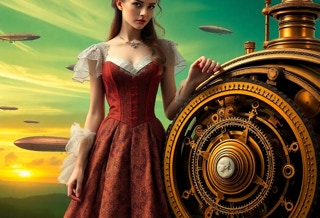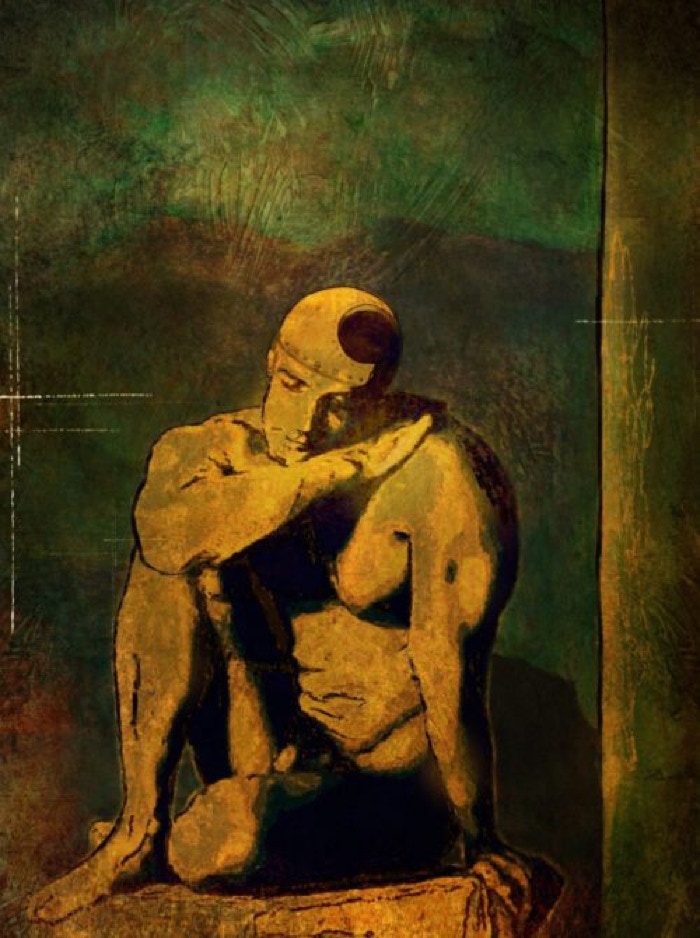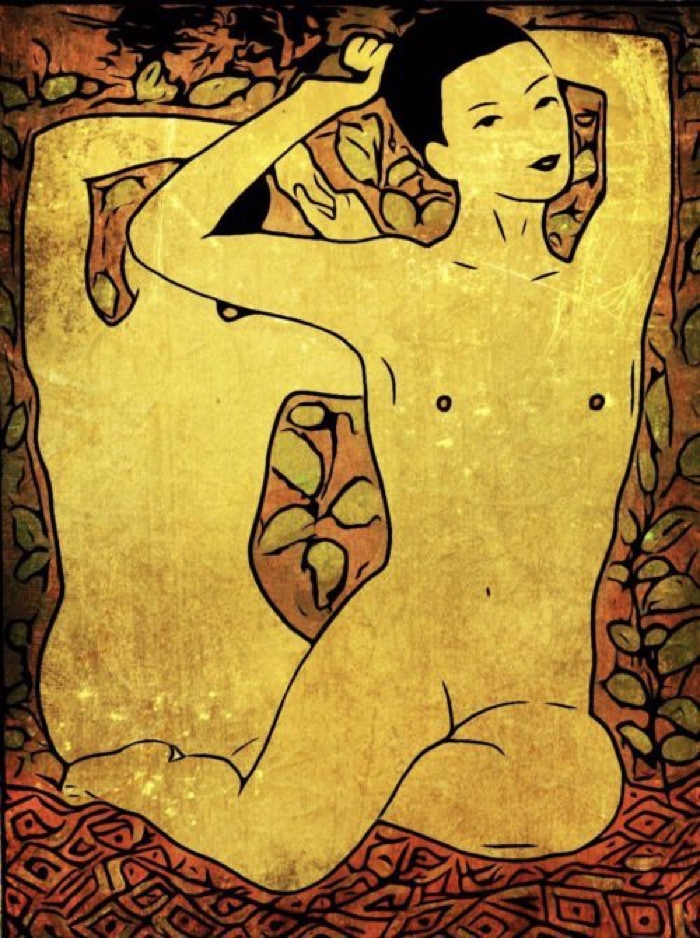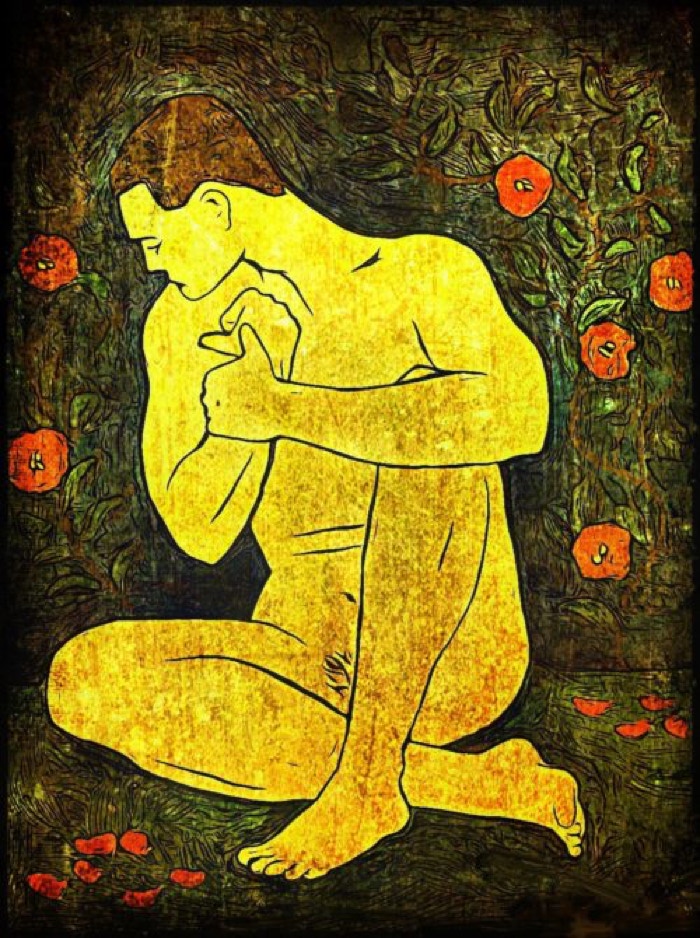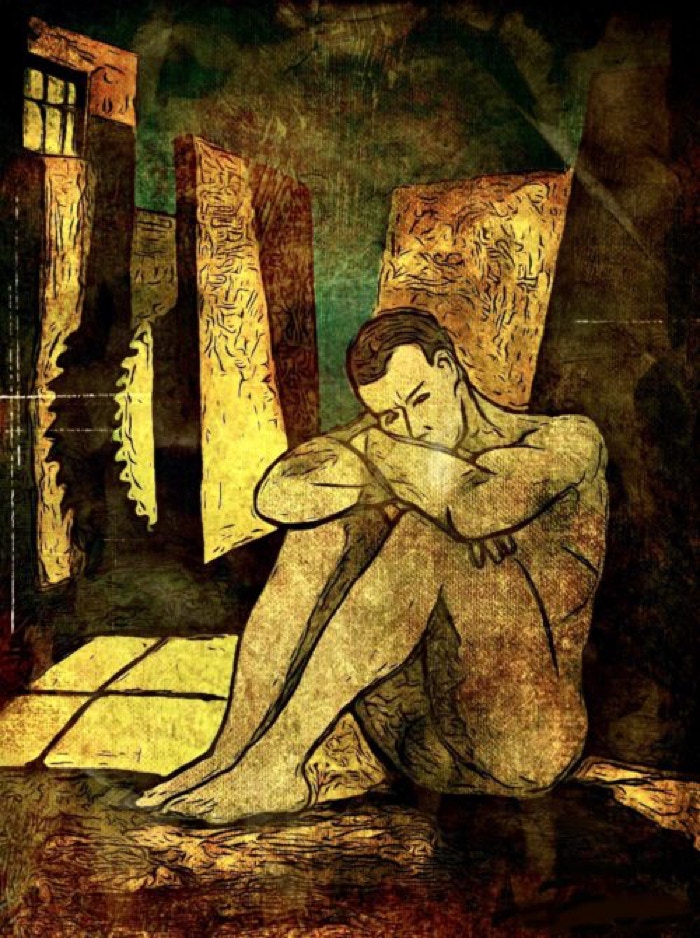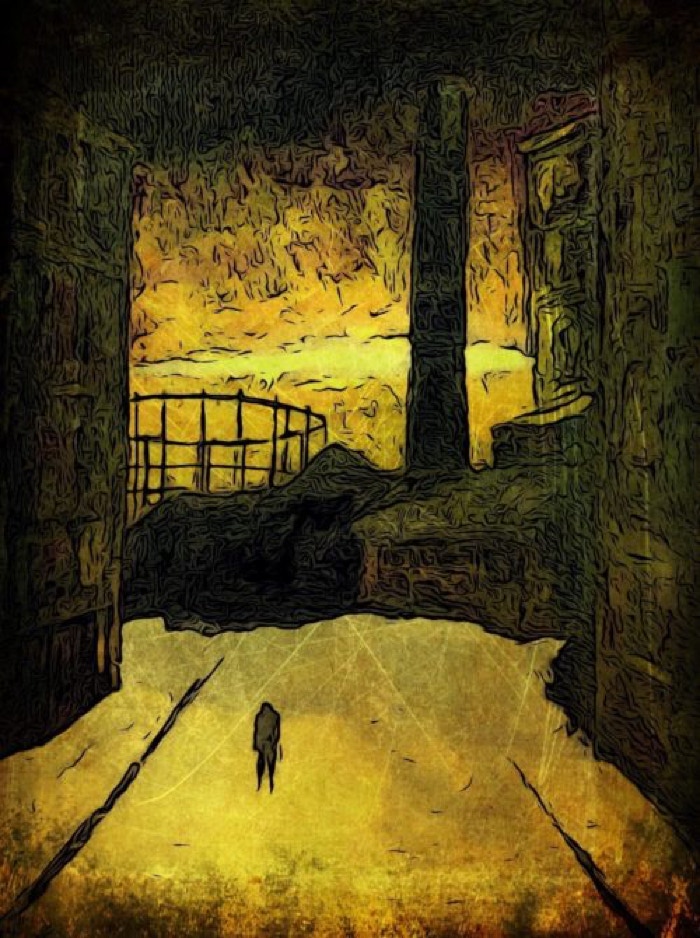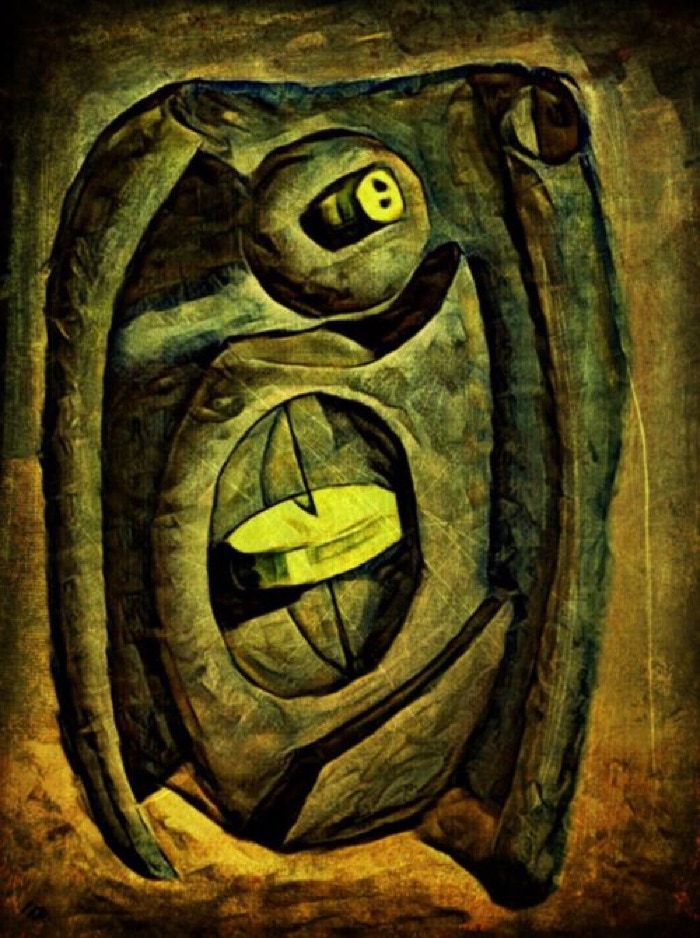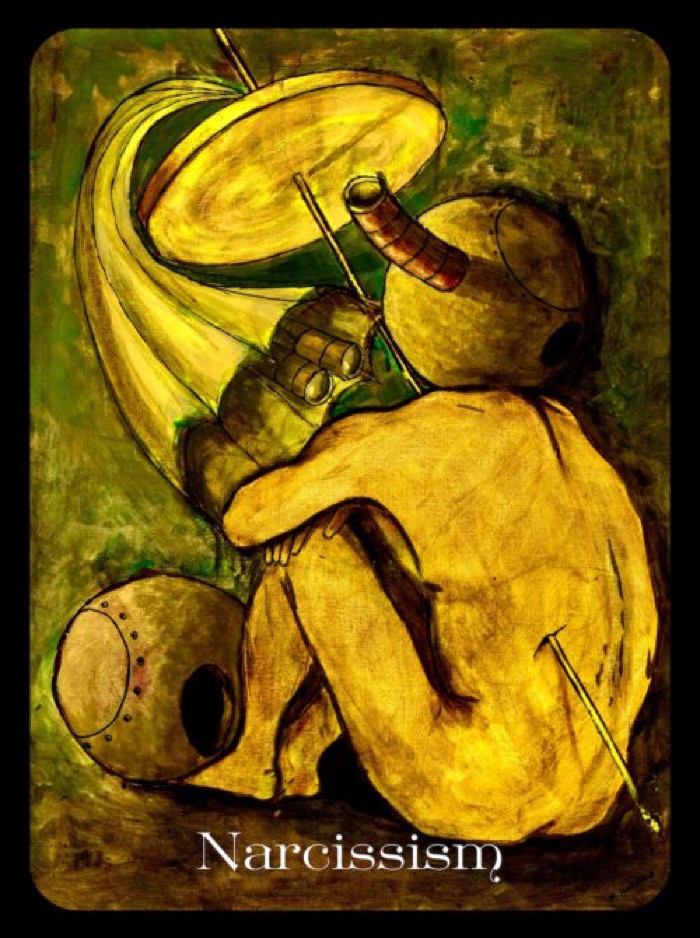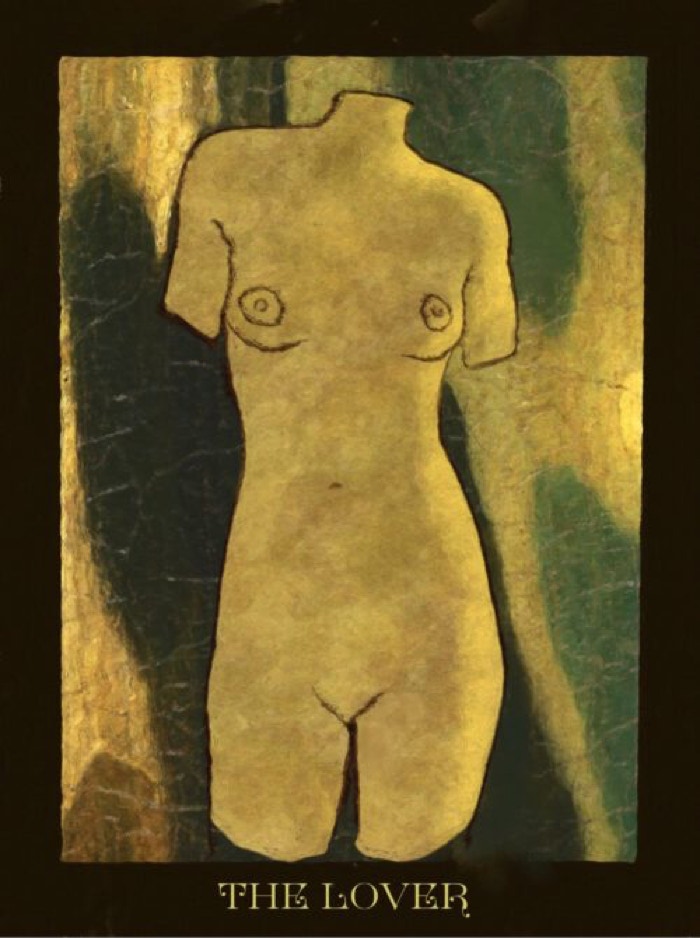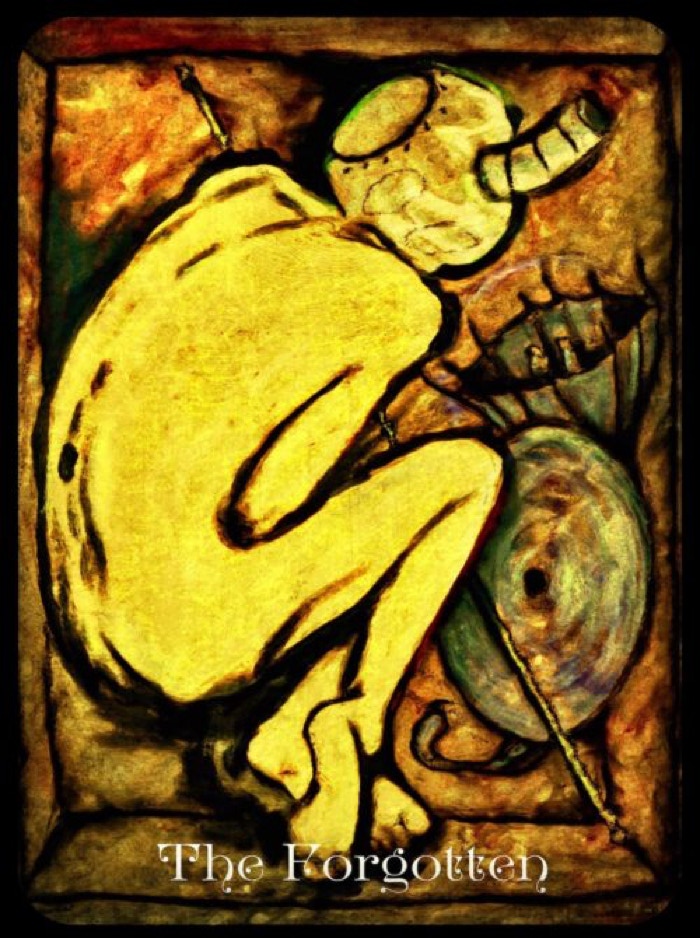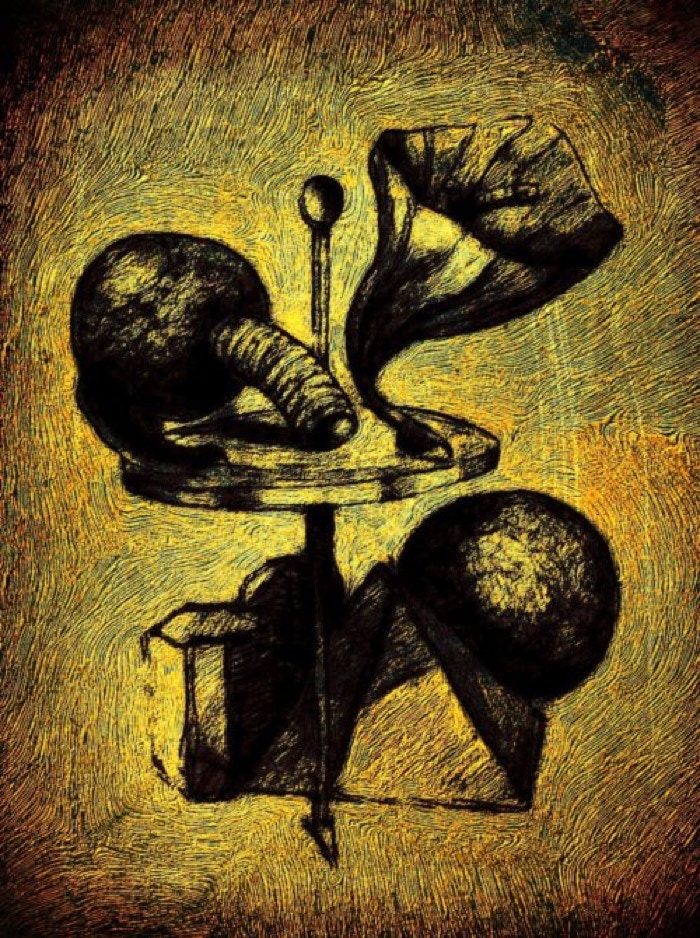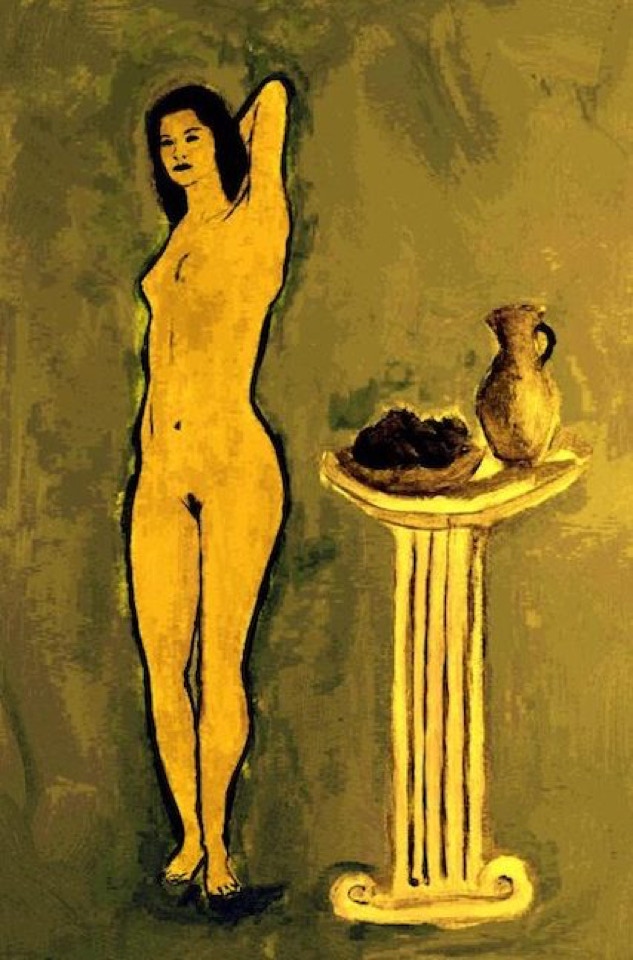© Copyright 2021 Mark Peatfield
Whereas the Parisian exhibit used a small set of panels inked with random trigrams, the Landers group opted for more complex and sophisticated training stimuli. They decided to use all the 64 hexagrams in the *I-Ching book of changes* for maximum visual contrast and expressive potential. One of the group, James Legge, who pushed for the use of the book, had spent a considerable time in the Orient and was well acquainted with the oracular use of the book.
Herzog's original designs for the symbolic card set were stark and monochromatic. They were made with a lithograph press; yellow hexagram parallel lines against a black background. The reverse of the cards was matte black with the Chinese ideographic symbol in white. Lander's group wanted something more ornate. Herzog refused to compromise until a few weeks before his disappearance. He sent a note saying, “I have made a great realisation. There is time enough in my life for beauty”.
In a frenzy of creativity, Herzog designed and inked ninety cards. He sent it over to the Royal Institution as soon as he completed each design. The final deck design comprised seventy-eight cards. They selected 55 to train the Dorian mechanism. Herzog's lithographic plates were used to duplicate the deck five times. Other artists and craftworkers then hand inked each plate following the colours used in Herzog's original.
His new card design depicted an evocative scene while the reverse sported the hexagram, Chinese ideographic description and an English translation in yellow and black. The yellow against a black background allowed maximum light transmission. The designs were large and bold. A single Teslarite bead could store a sequence of at least eight card designs.
Of his original designs, only eleven have survived. They are all in poor condition. Though many were lost over the years, most were ruined with rough handling. The card transport device built to automate the training regimes often chewed up the cards when it jammed. Some cards remain with private collectors. The Tower and The Enchantress were recently sold at Sotheby’s and are kept in the British Museum at Bloomsbury, London.
